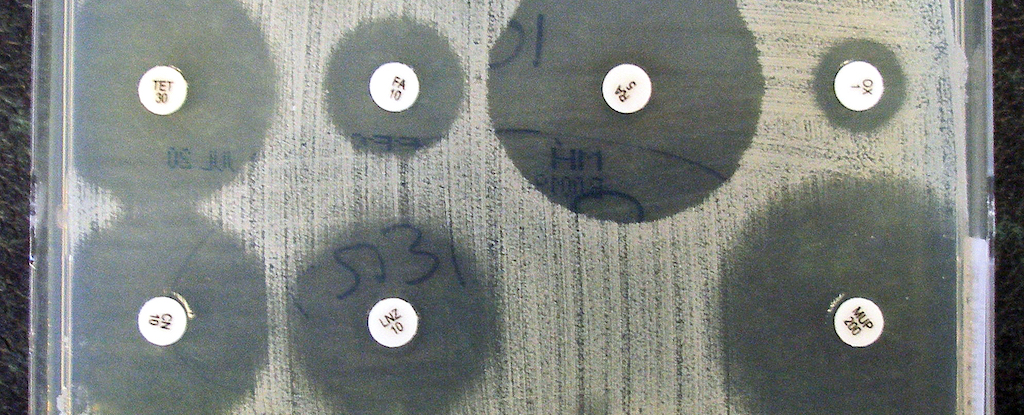People who play certain wind instruments, like the didgeridoo, may find it easier to breathe while sleeping, according to emerging research.
A new randomized controlled trial suggests that blowing through a conch shell is another option for keeping our airways clear when we sleep, reducing the risk of a condition known as obstructive sleep apnea (OSA).
Affecting close to a billion adults worldwide in some form, OSA is characterized by significant pauses in breathing while asleep.
Among 30 participants with moderate OSA, roughly half the group were tasked with a traditional Indian exercise known as shankh, which involves using a conch-shell as a trumpet. Meanwhile, the other half practiced deep, slow breathing through the nose and out a relaxed mouth.
Related: A Simple, 5-Minute Breathing Technique Is a Powerful Tool to Reduce Anxiety
Ultimately, researchers found that participants in the conch-blowing group slept better and woke up the next day feeling substantially more rested than the deep breathing group.
“The standard treatment for OSA is a continuous positive airway pressure machine, or CPAP, which keeps the patient’s airway open by blowing air through a facemask throughout the night,” explains pulmonologist Krishna K. Sharma from the Eternal Heart Care Centre and Research Institute in Jaipur, India.
“While effective, many patients find it uncomfortable and struggle to use it consistently.”
Regular breathing exercises like conch blowing could be a useful alternative.
Participants in the randomized controlled trial practiced their conch blowing with a traditional shankh for fifteen minutes, five days a week. Before the trial, each participant was given a formal lesson on the yogic practice.
“The way the shankh is blown is quite distinctive,” explains Sharma.
“It involves a deep inhalation followed by a forceful, sustained exhalation through tightly pursed lips. This action creates strong vibrations and airflow resistance, which likely strengthens the muscles of the upper airway, including the throat and soft palate – areas that often collapse during sleep in people with OSA.”
 frameborder=”0″ allow=”accelerometer; autoplay; clipboard-write; encrypted-media; gyroscope; picture-in-picture; web-share” referrerpolicy=”strict-origin-when-cross-origin” allowfullscreen>
frameborder=”0″ allow=”accelerometer; autoplay; clipboard-write; encrypted-media; gyroscope; picture-in-picture; web-share” referrerpolicy=”strict-origin-when-cross-origin” allowfullscreen>After six months, the group that practiced the conch exercises reported feeling 34 percent less sleepy during the daytime than the deep breathing group.
Sleep monitors also revealed that the conch blowing group had up to five fewer apneas a night. What’s more, they had significantly higher blood oxygen levels while sleeping.
The trial is small and not blinded, admits Sharma, but the results are clinically meaningful. He and his colleagues are now planning a larger trial at several hospitals to validate their findings in a more diverse cohort.
“We’re particularly interested in comparing shankh blowing with standard treatments like CPAP, and in examining its potential help in more severe forms of OSA,” he explains.
The study was published in ERJ Open Research.
Source link

